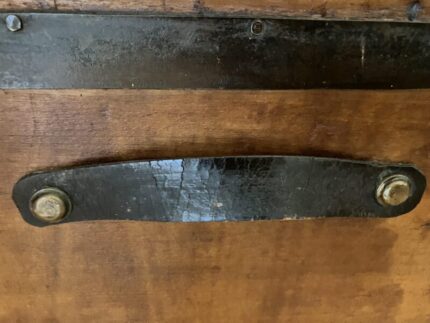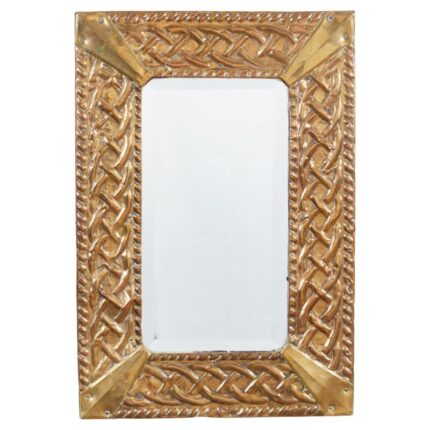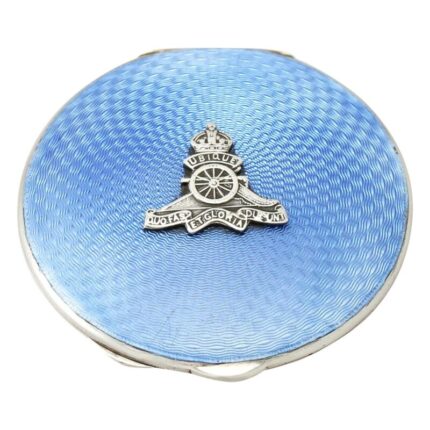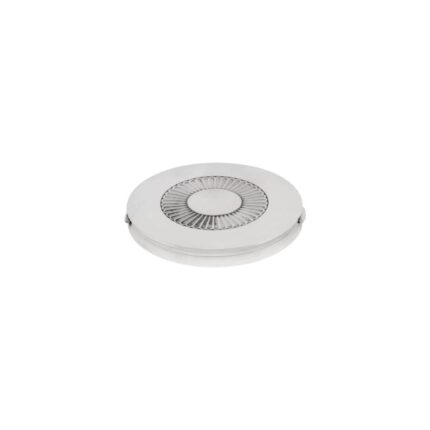The circular glazed enameled dial with black painted Roman numerals for the hours and fifteen-minute intervals in Arabic numerals, separated by the line of one minute markings, and set within an octagonal plinth surrounded by flowers and foliage. A large, almost four week going movement, striking half- and full hour. Two-toned, gilt bronze cast, finely chased. Rectangular dark green marble base, supported by bun feet. The enamel dial is also signed on the back: “Dubuisson, Émailleur, Rue de la Calandre, vis-à-vis celle St.-Eloy. No – 17.”
Hector’s departure from Andromache:
Depicted from the epic, Iliad, the Trojan hero, Hector shields his wife, Andromache, who presents him with their son, Atyanax, upon his departure. The warrior’s expression contrasts to his wife’s agony, as she forewarns of his pending death in combat.
Three bas-reliefs decorate the rectangular plinth, the, central, and largest of which depicts Hector asking his brother Paris to defend their city. This scene is flanked by allegories of love and loyalty.
Literature; this clock is published in the following books:
Ottomeyer-Pröschel, Vergoldete Bronzen, Die Bronzearbeiten des Spätbarock und Klassizismus, Munich, 1986, plate: 5.13.3, page 366-367
Heuer-Maurice, Europäische Pendeluhren, Munich, 1988, plate: 142.
Niehüser, Elke, Die Französische Bronzeuhr, Munich, 1997, page 66.
-
Creator:Claude Galle(Metalworker)
-
Dimensions:Height: 23.63 in (60 cm)Width: 19.69 in (50 cm)Depth: 5.91 in (15 cm)
-
Style:Empire(Of the Period)
-
Materials and Techniques:BronzeMarbleGilt
-
Place of Origin:France
-
Period:1800-1809
-
Date of Manufacture:circa 1805
-
Condition:GoodWear consistent with age and use.
-
Seller Location:Worpswede / Bremen, DE
-
Reference Number:Seller: 1130Seller: LU981418744752



























Reviews
There are no reviews yet.